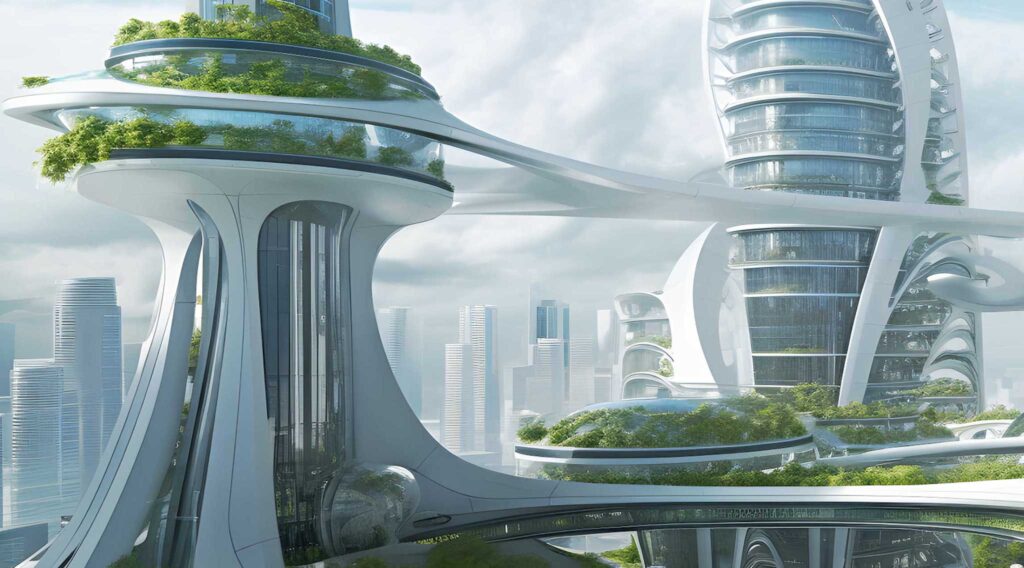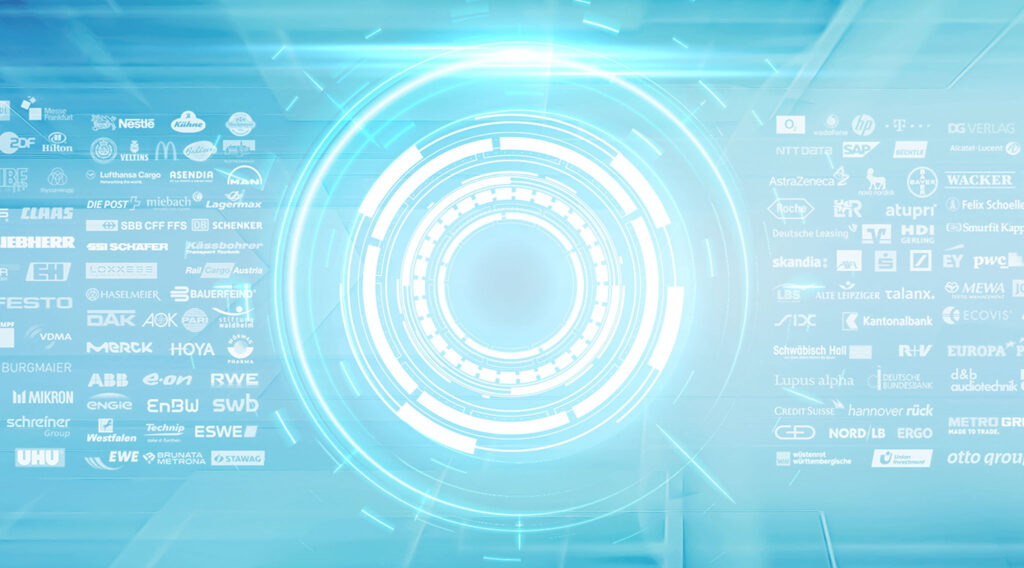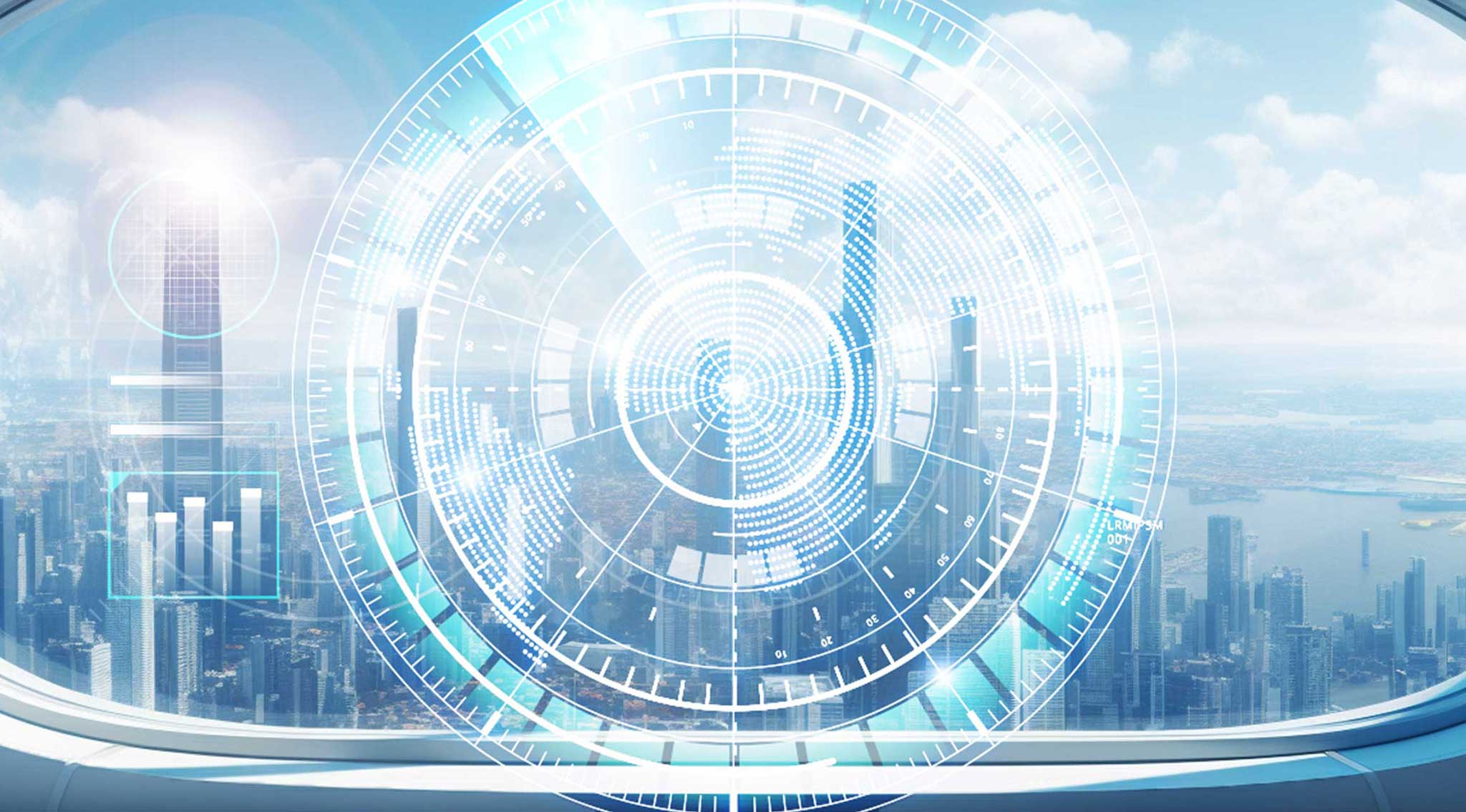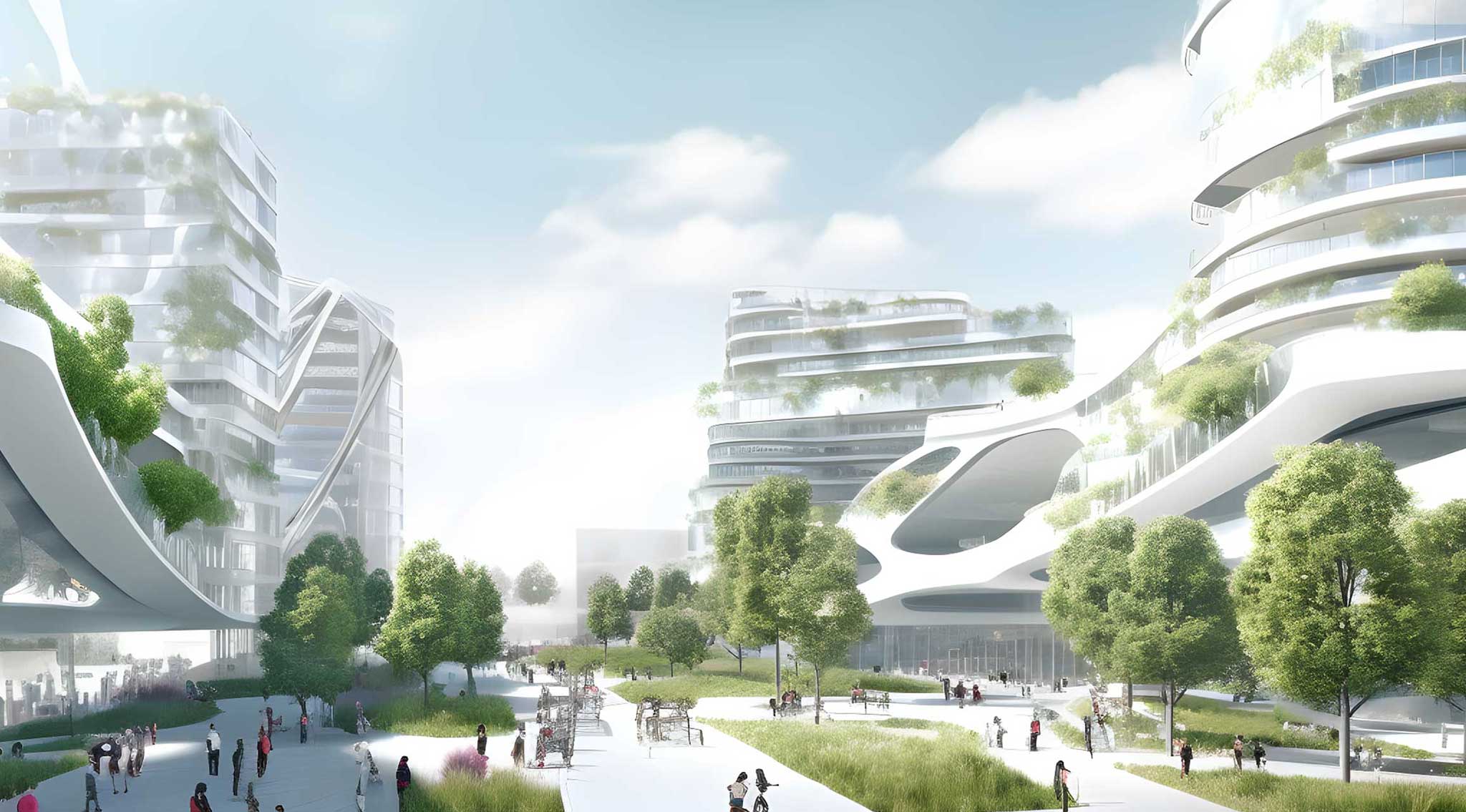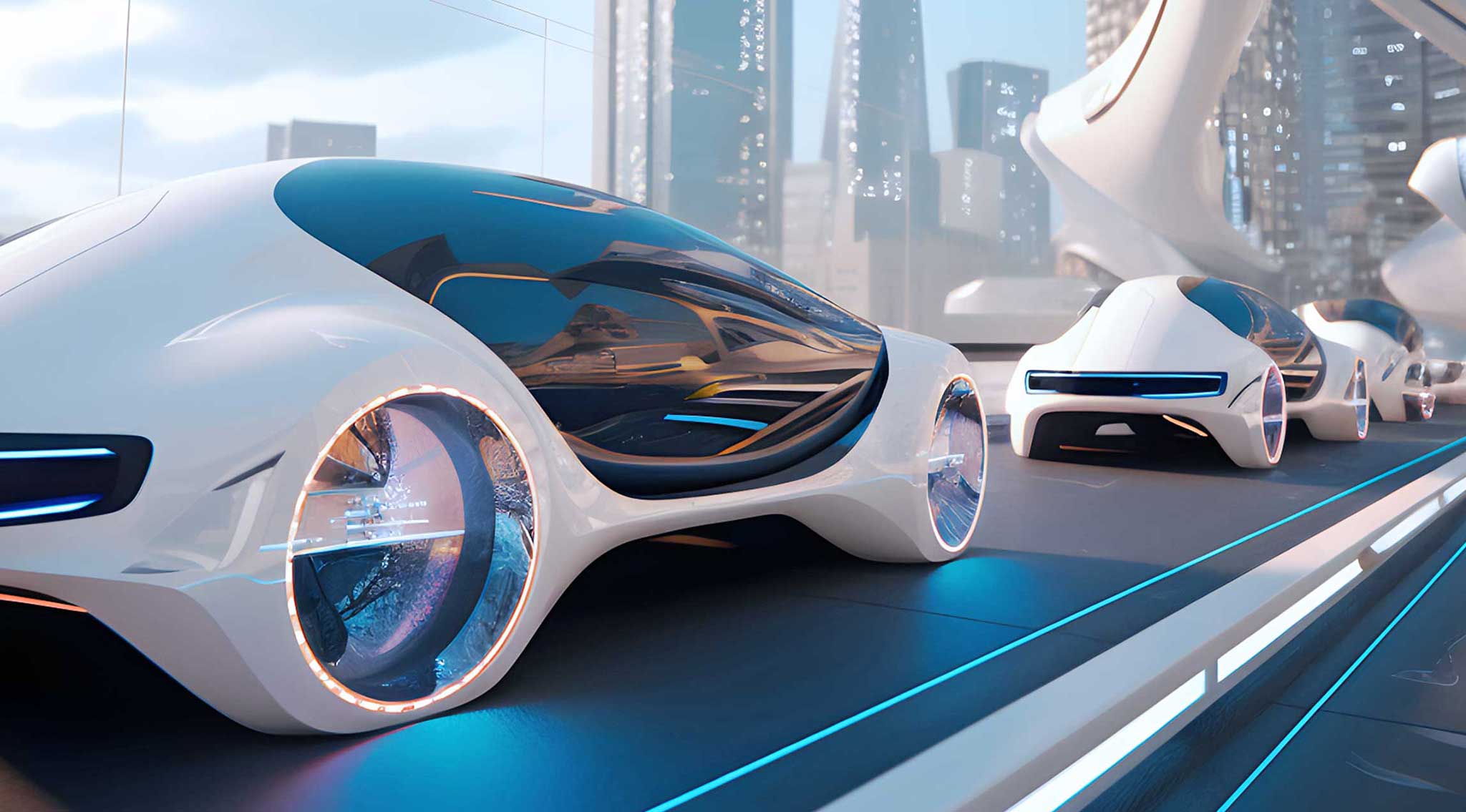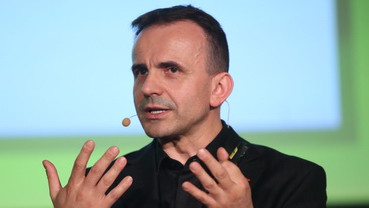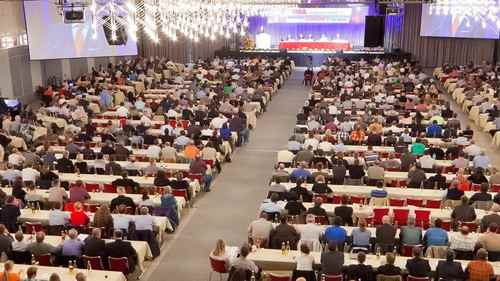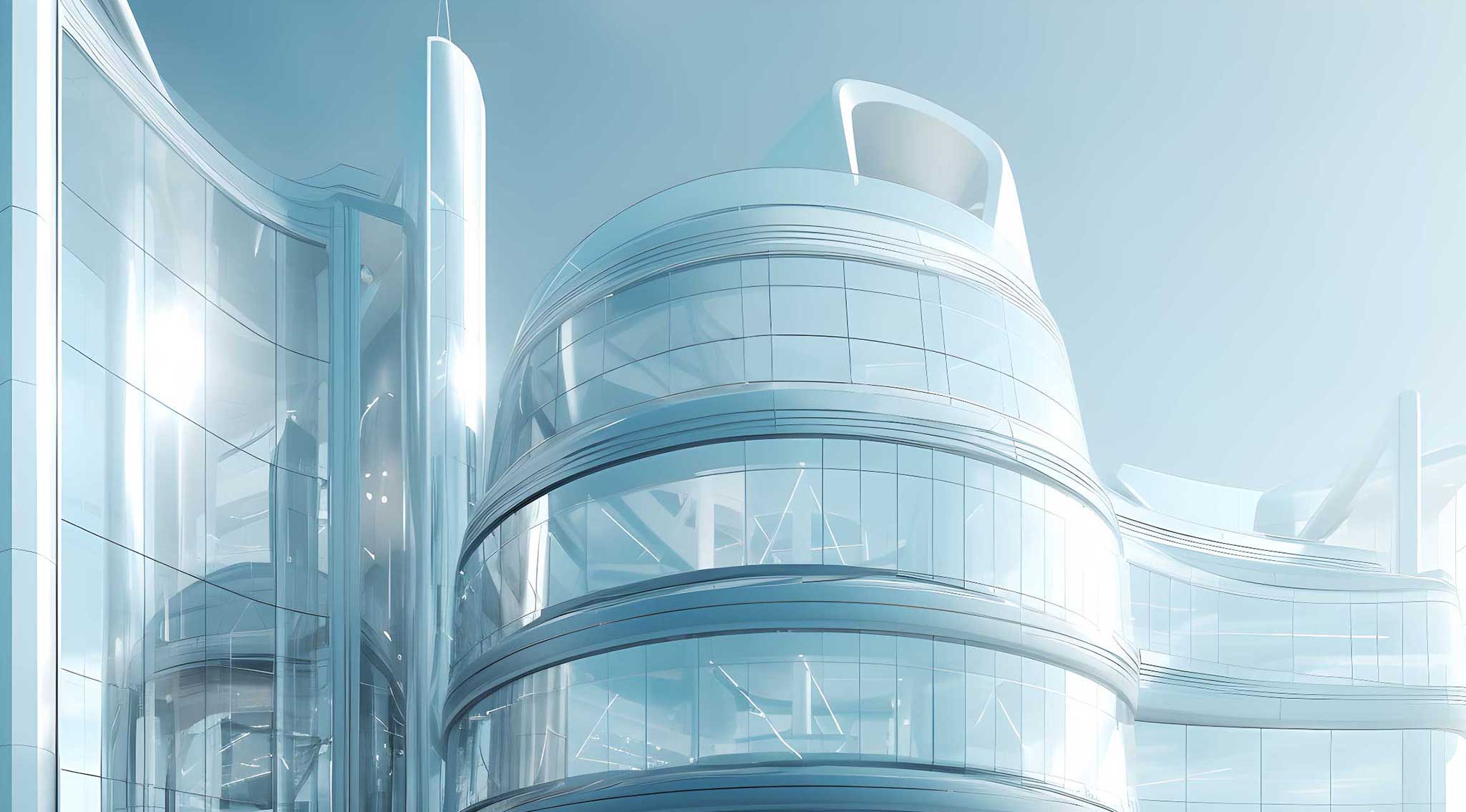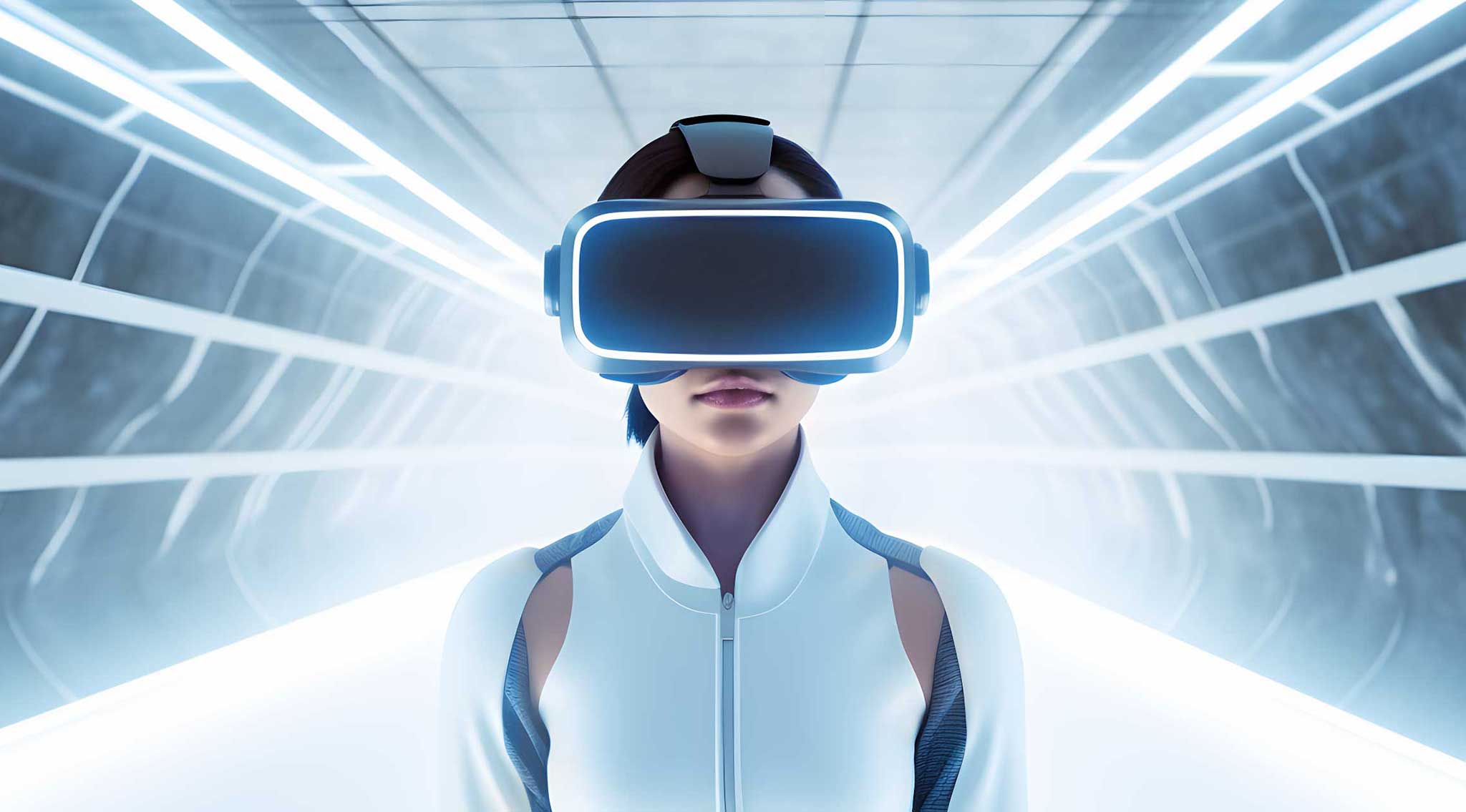The trend system for your business
Dr. Pero Mićić
Why a trend system? Whether Tesla, Apple or Salesforce. Any great success of a company is based in large part on their early recognition of trends or potential trends. And then created their own trend from it. This is how new markets and successful companies are created. What do you have to do with trends and trends with you? You with your company and your profession must, or at least should, align yourself with the coming changes. Best yet use them to your advantage. And if you invest in stocks for your retirement, of course. Professionally managed companies systematically observe future trends and evaluate them. And you can too. Relatively light, even.
At the end of this article you can download an updated PDF of the trend system. Text and video show an earlier version.
What exactly is a trend? A trend is a directional change in one or more variables. Global population growth, population shrinkage in individual countries, the increase in global prosperity, the decrease in the absolute number of people suffering from hunger, or digitalization. These are all trends. A change is taking place in a direction that is at least roughly recognizable.
Wouldn’t it be handy if you could see all the big trends at a glance? In a sensibly structured trend system? So that you can orient yourself, so that you are on safe ground? This makes your job and your business model sustainable, and your decisions better! I’ll give you a trend system that comes from real life. From my practice and ours at FutureManagementGroup. We have been developing the future strategies of renowned companies for 30 years. This trend system comes from just such projects. This post is episode 1 with an overview of all the major trends. A quick overview to get you started, with examples of powerful trends. You can find here a description of all trends and a download of the trend system as PDF. I will go into detail in subsequent posts, showing examples, sub-trends, and surprises, i.e. trend breaks.
The FMG Trend System
We represent the trends like a periodic table of the elements. Because these trends are the elements that will make up the future of your business and your profession and your life. By the way, we don’t call these “megatrends.” For several reasons, which I explain in a subsequent post. We structure the trends into areas. So biosphere, technology, society, politics, economy. We do this primarily because the technologies have to be considered separately. They are the fastest and, next to human motives, the strongest forces of change. If you only have a list of megatrends, you would have to mention digitization and artificial intelligence, for example, with every single trend. That’s why we’re looking at the individual elements of change. Of course, the assignments of trends to areas are never entirely clear-cut, because virtually every issue is composed of many of these trends.

Future factors
In the trend system, you will first find the future factors, i.e. the drivers that trigger the trends in the first place. For example, the nature of man with his motives, the increase of basic knowledge of mankind and the progress of basic technologies. For example, a new technology emerges, such as the CRISPR CaS9 genetic engineering technique, and it triggers a change that will be used to make more and more genetic engineering changes to plants, animals, and ultimately humans. Whether we want that or not is another question. Technology is the future factor, the spread of technology is the trend. It is similar with social trends, which are also triggered by future factors. The war in Syria has led to the refugee crisis in Europe, and this in turn has strengthened right-wing populist currents. But the war in Syria did not simply happen without causes. Religion, oil and much more play a role. As you can see, future factors for social, political and economic trends are by no means as clearly describable in cause-and-effect relationships as technological trends.
Biospheric trends
Our habitat is determined by the biosphere in which we live and which we also influence with our actions.
That climate change exists is hardly disputed. Whether and to what extent humans are responsible for this, there is a clear majority opinion, but there are also skeptics. We have undoubtedly blown a lot of CO2 into the atmosphere by burning fossil fuels, among other things. We would do well to reverse this, for example by taking carbon dioxide out of the atmosphere to produce fuels and materials.
Despite great progress, we continue to cause a significant environmental impact. Some of the natural resources are becoming visibly scarcer. But it is also a question of defining what we consider a resource and whether we have to limit ourselves to the resources of the earth. After all, there are first companies that want to extract resources on asteroids. It is not so much the planet’s resources that are in short supply, but the sanity and intelligence of man.
Technological trends
Technologies, along with human motivations, are the most change-driven trends. With our tools we shape the world, predominantly to our advantage.
Digitization has been going on for over 70 years, but it is only in recent years that many have become aware of how strong and profound this technological trend really is. And we have only just begun to digitize the world in which we live.
Intelligentization is what we call the advancement of performance and the increasing application of artificial intelligence to virtually all disciplines. This trend has also existed since the 1950s. AI will bring drastic changes over the next years and decades. Sooner or later, everything that humans can do cognitively, AI can do today, or will soon do better. But still only as a very specialized AI.
Analogous to AI, robotization has the potential to change our lives from the ground up. For decades, futurologists have been telling us that robots will do our jobs, even off the production lines in factories. But it’s only now that things are really getting started. Everything that humans can do physically, robots can do today, or will soon be able to do better.
Spatial Internet is an emerging trend that the Internet, which until now has been virtually flat because it is hidden behind displays and screens, is coming to us in the three-dimensional world. We will be able to use the Internet without looking at displays, we will use it without noticing. Many sub-trends are part of this, from the Internet of Things to Mixed Reality.
Virtualization describes the process of dematerializing more and more of what used to be physical, what was tangible. From books and recordings to all sorts of devices we used to have as individual devices, cameras, mixers and knobs in the car. It also describes the virtualization of schools and universities, business communications, and even recreational experiences. Software eats the world, is the famous summary.
Automation is an overarching trend that began with the automatic loom in the 18th century. Today, we are automating not only machines, but also software processes with AI, smart contracts, i.e. if-this-then-that algorithms, and with blockchains.
You know additive manufacturing better than 3D printing. It is often almost hard to believe what can be 3D printed today, from machine spare parts to functioning hearts. 4D printing is the next dimension, when printed objects can change even further after production.
Life and health technologies include medicine, biotechnologies, food innovations as well as IT-based innovations. In combination, solutions are created with which we will live significantly healthier and also longer. This is a huge and promising field for future markets.
Human enhancement, or the expansion of human capabilities, we capture quite prominently here, because when we expand our capabilities, it has enormous consequences. Man improves cognitively, that is, in thinking, physically, that is, in his physical abilities, and also sensory, that is, in his ability to perceive the world.
New mobility means that how we get around will change dramatically in the coming years and decades. Some sub-trends are electric mobility, autonomous vehicles, drones and also hyperloops, which allow us to travel at 1,200 km/h.
New materials are driving innovation in many areas. Products become lighter, cheaper, harder, more durable, more comfortable, easier to maintain. They even become more intelligent, up to programmable matter. They are also becoming more environmentally friendly.
We need energy for everything. The development and diffusion of new energy technologies are therefore a key trend. Renewable energy is a significant subtrend, but so are new forms of energy storage and, yes, alternative forms of nuclear power.
Social trends
Societies around the world are changing in size, structure and behavior.
The strongest trend continues to be the growth of the global population. In the form of an S-curve, humanity is still growing to 9 to 10 billion people by 2050, and possibly beyond. It is not so much the planet’s resources that are in short supply for this, but man’s reason and intelligence.
Aging is currently a tangible trend in only some societies, such as Germany, Italy and Japan. In the long term, however, aging is an almost inevitable consequence of progress, and that worldwide.
An eternal recurring trend pattern is the change of generations. From the silent generation born before and during the Second World War, through the baby boomers and Generatoines X, Y and Z, to Generation alpha, those born since 2010. They all have different life experiences and form their value hierarchies and behavior from them.
Increasing migration pressure from poor regions to rich regions, for example from Africa to Europe, will present us with even greater challenges than before. If we don’t change our strategies.
Individualization is a multifaceted trend. This refers to phenomena as diverse as the loss of a common media reality, the tailoring of products, and mass customization.
The increasing diversity of life concepts but also of cultural backgrounds within countries is what we call pluralization. Societies are becoming increasingly diverse. This includes the dissolution of male-dominated societies toward feminization.
At the same time, societies are polarizing. Economic polarization between the top and bottom of incomes and wealth is one side. The polarization that has been enormously noticeable in recent times is of a socio-political nature. This can be seen in the extreme in the USA, and not just since Trump.
Urbanization means urbanization. More than half of the world’s people now live in cities. By 2050, it will be two-thirds. The number of megacities is growing rapidly. Cities are sources of social innovation. But the challenges in the areas of transport, utilities, environment, energy and health are also enormous. In addition, urbanization leads to higher disaster risks. The Covid19 pandemic may slow urbanization.
Many of the trends in this trend system have made the world far more complex than it was 20 or 30 years ago. And at that time it was already thought to be complex. The increasing complexity will challenge and overwhelm many people even more. The massive spread of conspiracy ideologies is just one of the results. We will have to find ways to deal with complexity.
Political trends
Politics acts and reacts to societies and people and in turn shapes them.
Global value chains are being reconsidered and production brought back into close proximity, but globalization is not over. In addition, there is integration, i.e., the growing together, especially of economic areas, as in Asia in particular. In the EU, however, we are taking the opposite approach.
The world used to be a simpler place politically, too. There was the free West and the socialist East. Today, however, and even more so in the future, we see a multipolar world. Countries and regions are gaining in importance that previously played hardly any role on the political-economic world stage, above all China, but also India or Indonesia.
Over centuries, practically since the Magna Carta and at the latest since the U.S. Declaration of Independence, a process of gradual democratization has been taking place worldwide. Until a few years ago, it was unbroken. We assume that this will continue, but we must not overlook the fact that we have been experiencing what we hope is a temporary crisis of democracy for some years now, to the point of autocratization.
In virtually all economies, social systems are in a critical state. The crisis in the social systems means that in many places citizens’ entitlements can hardly be financed. If all baby boomers retire, there is even the threat of a collapse of the pension systems or an ever-increasing national debt, which actually only delays the collapse.
Economic trends
Last but not least, economic factors determine our future.
Global growth in prosperity continues unabated despite all the crises. Global prosperity has been increasing for centuries and will continue to do so. The number of people living in extreme poverty has halved since the mid-1990s, in absolute terms, even though many more people live on the planet. The big challenge is to make economic growth ecologically sustainable.
The old world of work was simple. The few thought, the many others did. Command and obedience, as in the military. In an increasingly complex world, that hasn’t worked for a long time. The new world of work is different. The winner is the one who works more agilely, faster and more flexibly. And at the same time offering meaning and valuing people as they are. The spread of new work and communication technologies is strengthening this trend enormously.
The increasing automation of even complicated and complex tasks, especially through artificial intelligence and robotics, will successively lead to a labor crisis. The crisis of labor means that a great many jobs will disappear faster than similar jobs will be created. In many cases, those who lose their simple tasks to intelligent machines will not be able or willing to retrain quickly enough.
The crisis of the financial and monetary systems continues and is becoming existential. The short-sightedness of the financial markets leads to crashes time and again. The euro has design flaws. Virtually no state budget is truly healthy. The trend has many sub-trends, but all in all, the situation is becoming more critical.
The change in consumer behavior is multidirectional. The behavior of customers and consumers is changing continuously and in several directions. This trend is just a collective term for many individual trends, from sustainable consumption to frugalism, experientialism, gamification, and changing preferences in car drives.
The 21st century will be Asian. We call Asianization the process of the world’s economic, political and also cultural center of gravity shifting towards Asia. Above all, China’s consistently and aggressively driven development from the world’s workbench to the leading high-tech player, but also the entire ASEAN economic bloc, present the Western countries with growing challenges.
Template for your own trend system
The FMG Trend System is a good first overview for you. It is a first step, a template that you can and should adapt and specify to your market and business area. These 35 trends and 5 factors represent the first level. One level down, there are between 100 and 200 more trends, depending on the industry.
Trend system: Download as poster for your office
Keep an eye on global trends. Download the trend system, print it out and hang it on your wall where you see it every day.
X
Write to Office@FutureManagementGroup.com if you have any questions or suggestions.
Follow these links as well:
► The Future Strategy Program for SMEs
► Free video crash course THE FUTURE OF YOUR BUSINESS
► BUSINESS WARGAMING for robust business and future opportunities
► KEYNOTES by Pero Mićić for your employees and customers
Have a bright future!

